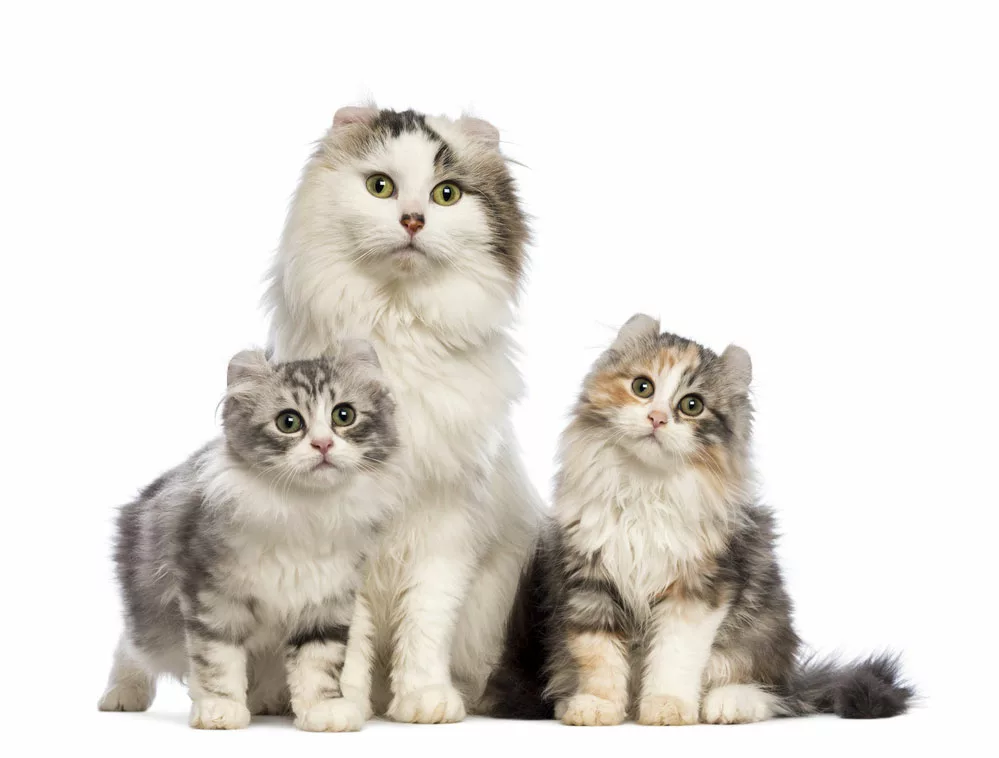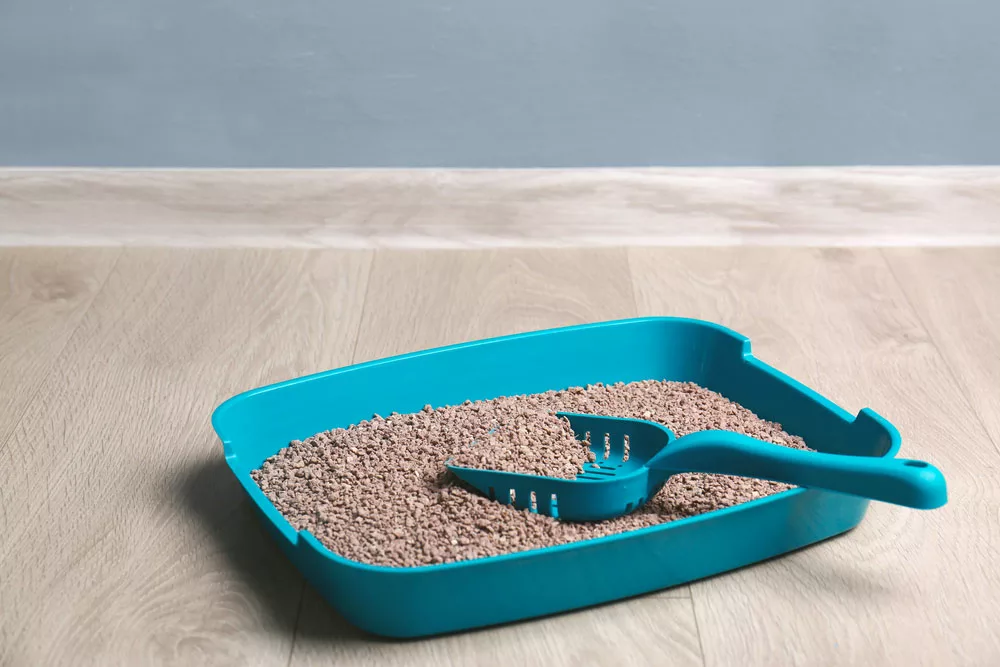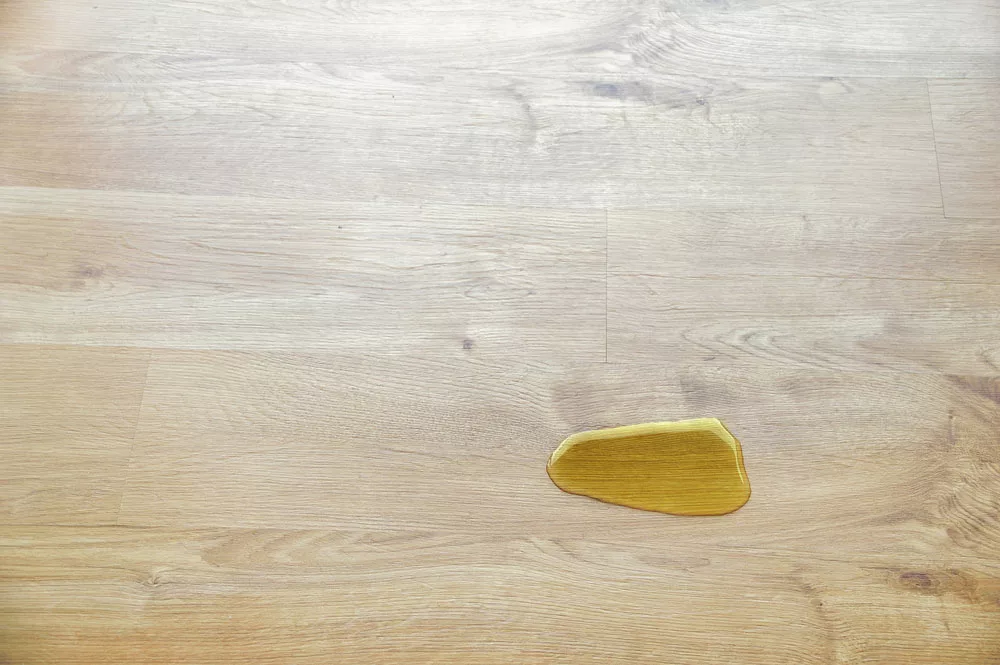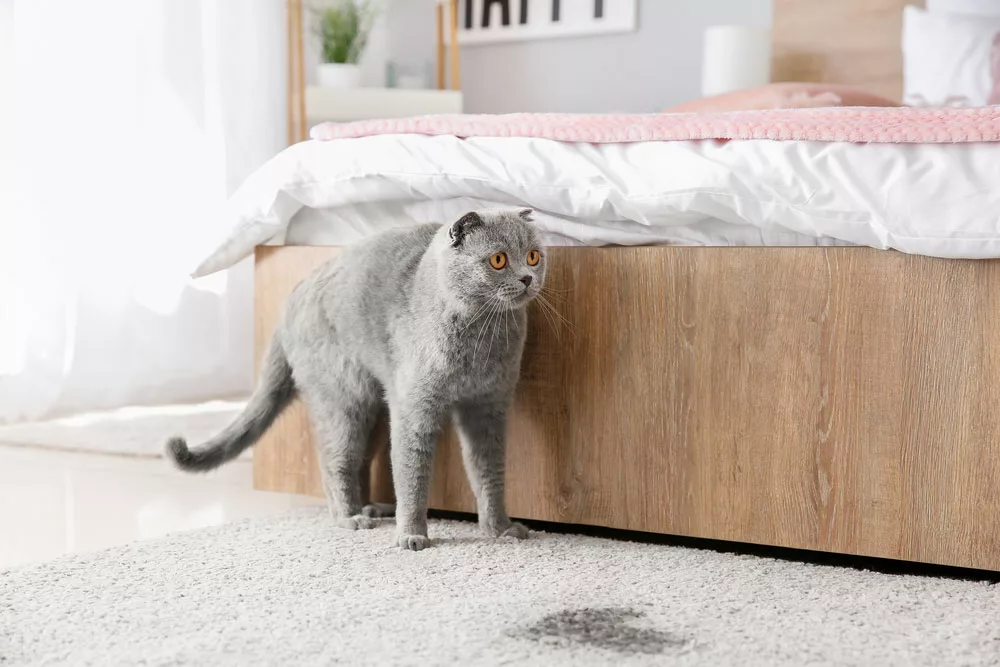Your new cat just littered the place, and you’re wondering how many cleanings you’ll need to keep your home always tidy. It’s understandable – many new cat owners have asked similar questions, wondering if frequent peeing may mean bad health. Fortunately, it’s normal for cats to pee several times daily, and their toilet behaviors reveal ample information about their health.
It is crucial; how many times a day do cats pee? Here’s a straightforward explainer of how many times cats pee daily, what factors are normal, and what symptoms indicate ill health.
Table of Contents
- How Many Times a Day Do Cats Pee?
- Factors that Affect Elimination Frequency
- How to Track Your Cat Toilet Routine?
- How do you track your cat’s toilet routine – especially if there is more than one cat littering the place?
- Cat Urine Color – What’s Normal?
- Strong-smelling Cat Urine – What Does This Mean?
- Frequently Asked Questions
- How long is it dangerous for a cat not to urinate?
- What Can I Do to Help?
- Conclusion
How Many Times a Day Do Cats Pee?
Several factors can affect how many times your furry friend uses the toilet. Evolution history says cats evolved in the dry semi-desert lands of the medieval Middle East. This origin gives them a top-notch hydration system, meaning they normally pee only a few times daily.

(Cute cat)
Factors that Affect Elimination Frequency
Let’s see some factors that can help to reduce the frequency of elimination in cats.
Food & Water
One of the most significant factors affecting your cat’s elimination frequency is water consumption. Just like it happens in humans, the moisture content in their food also seriously affects how many times they pee. So, if your cat feeds on a wet food feeder due to its diet, don’t be alarmed to find it peeing more often.
Age
Another significant factor that determines how frequently cats urinate is the nature of their metabolism. Kittens have a faster metabolism, which makes them digest food much faster than older cats. Due to this varying metabolism based on age, kittens pee less often, while senior cats pee more frequently.

(Kittens and old cats)
Health Issues
Besides their age and nutrient consumption, chronic/acute illnesses can also influence how often your cat urinates. For instance, kidney ailments and diabetes in cats can make them urinate more frequently.
Stress
Stress can affect your cat’s elimination frequency in two ways: they may pee more frequently or rarely urinate. Placing your furry friend near the heavy foot or road traffic could unsettle the cat. In response, it could hold its urine in and urinate less frequently.
Medication
Some cat drugs or medications like inflammation-treating dexamethasone could cause your cat to pee frequently. Also, vet medications for curing cat allergies can increase your cat’s elimination frequency.

(Closely monitor your cat’s toilet routine to ensure it remains healthy)
How to Track Your Cat Toilet Routine?
How do you track your cat’s toilet routine – especially if there is more than one cat littering the place?
If you have a clumping cat litter, it’s easy to see the amount and quantity of pee inside the litter box.
But what if there are several litter boxes in your home? Divide the amount of waste by the cats, and you can readily track your cats’ toilet routine.
You can also monitor the toilet behavior of each cat by daily observing specific areas of the litter box. Consult your veterinary doctor if you notice a change in toilet behavior.

(Litter box)
Cat Urine Color – What’s Normal?
Clear/pale yellow color is normal for cats. Anything else is abnormal.
If your urine color is dark brown, it could mean your furry friend’s urinary tract. Red urine color in cats is a symptom of Feline Lower Urinary Tract Disease (FLUTD).
Additionally, dark yellow/light brown-colored urine might be a symptom of diabetes or kidney failure.
However, some abnormal urine colors might not necessarily cause alarm. For instance, dark yellow or light brown color in cat urine is a common sign that your cat has held its pee in for a long time.

(Cat urine)
Strong-smelling Cat Urine – What Does This Mean?
Fishy smell: it could mean your cat’s urinary tract is infected.
Some sweet smell: it could be a symptom of feline diabetes.
Smells like ammonia: it might have kidney disease.
Contact a vet to check on your cat if you notice anything unusual.

(Cat on the carpet)
Frequently Asked Questions
Why Is My Cat Going to the Bathroom Next to the Litter Box?
It could be due to medical problems like bladder stones, urinary tract infections, or diabetes. Your cat could also eliminate outside the litter box because it’s anxious.
Moreover, if the litter box is too small, has a strong scent, or is inconvenient, your cat could leave the litter box to eliminate elsewhere.
What If Your Cat Stops Using the Litter Box?
After you’ve ensured the cat’s litter box is the right size, put the litter in the cat’s preferred area, away from distractions of traffic. Also, cleaning the litter regularly and keeping the cat’s litter air fresh can help keep the cat within the box, as dirty smells could drive it elsewhere.
How long is it dangerous for a cat not to urinate?
Cats can usually go without peeing for 24-48 hours.
Anything more is lethal.
What Can I Do to Help?
Cautiously observe your cat’s toilet behavior to know when there could be a threat. Kindly consult the vet if your furry friend hasn’t peed within the typical time range, kindly consult the vet.

(Contact a professional if your cat shows irregular pee signs)
Conclusion
It’s normal for your cat to pee several times daily, depending on various factors. However, if your cat holds its pee for over 48 hours, it’s a danger sign, and you may want to consult a vet quickly. It’s always a good practice to monitor your cat’s urine color and behavior to ensure it stays healthy.
